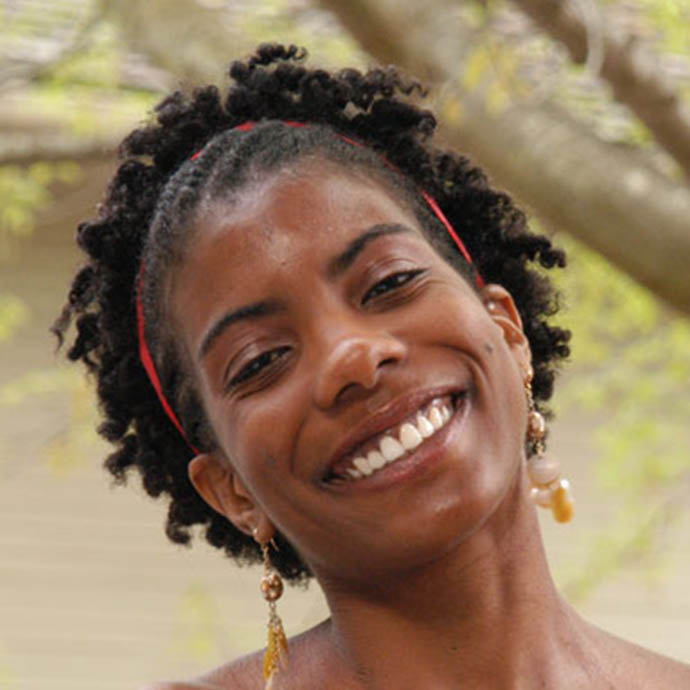My research group investigates how bacteria achieve complex social behaviors that are relevant for living within a human or animal. We specifically ask how bacteria can distinguish self from non-self to form physically separated populations, how bacteria can communicate with one another, and how these microscopic organisms can coordinate cell shape and cell-cell interactions to form patterns that are over 1000-times larger than any individual cell. Our group primarily utilizes the human opportunistic pathogen, Proteus mirabilis, and the agricultural control agent and roundworm symbiont, Xenorhabdus.
Fellow
